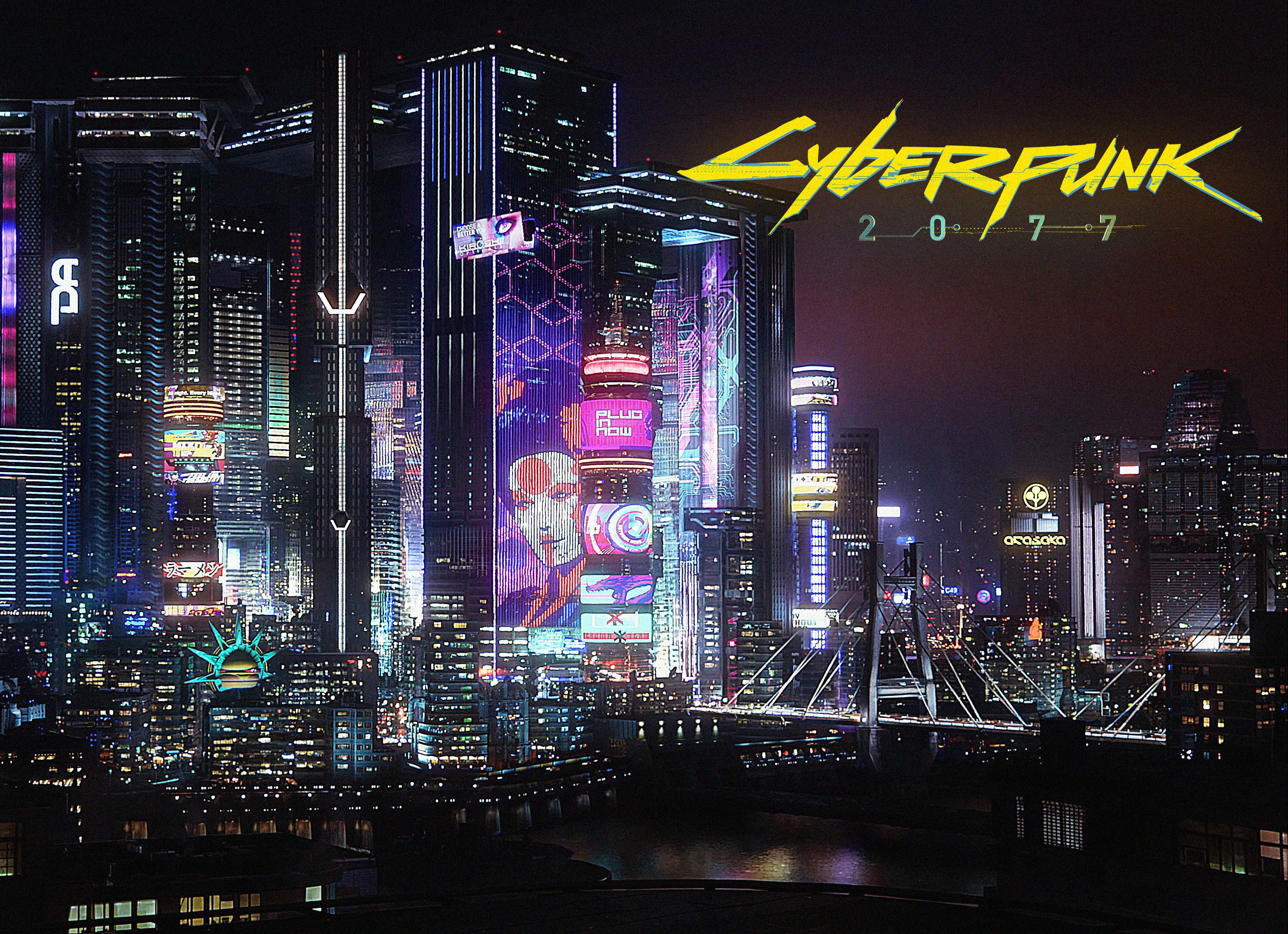The Legacy Tarnished: Dissecting the Warcraft III: Reforged Controversy
The announcement of Warcraft III: Reforged at BlizzCon 2018 was met with a thunderous ovation. For legions of fans, it was a dream come true: a visually stunning, modernized retelling of one of the most influential real-time strategy (RTS) games ever made. Warcraft III: The Frozen Throne wasn't just a game; it was a foundational pillar of modern gaming, birathing the MOBA genre and setting a high-water mark for storytelling and world-building. The promise of a "reforged" experience, complete with rebuilt assets, re-cutscenes, and streamlined online play, seemed like a perfect tribute. Instead, its launch on January 28, 2020, became one of the most spectacular and studied failures in video game remaster history, a masterclass in how to alienate a dedicated community and tarnish a beloved legacy.
The core of the controversy lies in the chasm between what was promised and what was delivered. Blizzard’s initial presentation showcased a near-total visual overhaul. In-game cutscenes were to be reimagined with dramatic, cinematic camera angles and character expressions, akin to the epic style of the game's original pre-rendered cinematics. The units and environments were modeled from the ground up with significantly more detail and animation flourishes. This was the benchmark Blizzard set for itself.

The released product, however, was a pale imitation. The highly-touted "re-forged" cutscenes were, for the vast majority of the campaign, merely the originals with the new higher-resolution models awkwardly placed in them, lacking the dynamic camera work and directorial flair shown in trailers. The visual upgrade, while present, was inconsistent. Many character models lacked the detail and personality shown in previews, and the new aesthetic was often criticized for being overly bright and cartoonish, losing the gritty, dark tone of the original. It felt less like a passionate remaster and more like an incomplete asset swap.
Beyond the visual disappointments, the launch was a technical disaster. The game was plagued with a myriad of bugs, from pathfinding issues that made melee units behave erratically to broken custom maps that had been community staples for over a decade. The online infrastructure, a critical component for an RTS, was unstable, suffering from significant lag and disconnections. Perhaps most baffling was the removal of features that were present in the original 2002 game. Clan support, tournaments, and player profiles were all stripped out at launch. The automated tournament system, a beloved competitive feature of The Frozen Throne, was gone without a trace.
This led to the second, and arguably more damaging, pillar of the controversy: the forced assimilation of the original client. In a move that stunned the player base, Blizzard mandated that all Warcraft III players, regardless of whether they owned Reforged or not, were required to update to the new client. This update effectively deleted the classic version of the game. Players who did not purchase Reforged found their game transformed into a launcher for the new product, with many of their cherished features—like the old leaderboards and custom game profiles—permanently removed. This unilateral decision demonstrated a profound disrespect for the players who had maintained the game's community for nearly two decades. It wasn't just a bad launch; it was an act of cultural vandalism that erased a functioning piece of gaming history.
The backlash was immediate and severe. Metacritic user scores plummeted to historically low levels, making it one of the worst-rated games on the platform. Social media and gaming forums were inundated with outrage. The community felt betrayed, not just by a subpar product, but by a company they had trusted implicitly with their nostalgia. Blizzard's reputation, once synonymous with quality and "thinking of the player," was severely damaged. The controversy even sparked discussions about consumer rights, with legal firms investigating potential false advertising claims based on the disparity between the marketing materials and the final product.
In the aftermath, Blizzard's response was widely perceived as too little, too late. The company issued a vague apology, stating they had "gotten things wrong" and offered refunds to anyone who asked, regardless of playtime—a rare and telling admission of failure. While subsequent patches have slowly addressed some of the technical bugs and reinstated a few missing features like ranked play, the core experience remains a shadow of what was promised. The grand, cinematic retelling of the Arthas saga is still not there. The damage to community trust is likely permanent.
Warcraft III: Reforged serves as a stark cautionary tale for the entire industry. It highlights the immense risks of mishandling a beloved intellectual property and the dangers of over-promising and under-delivering. It demonstrates that a remaster is more than just a graphical update; it is the careful stewardship of a community's memory. For Blizzard, the project was a failed commercial endeavor. For the fans, it was the loss of a digital home they had loved for years. The score of this remaster is not just a low number on a review aggregator; it is the collective sigh of a disillusioned fanbase, a permanent mark on the legacy of a classic, and a reminder that some things, once broken, cannot be so easily reforged.
















